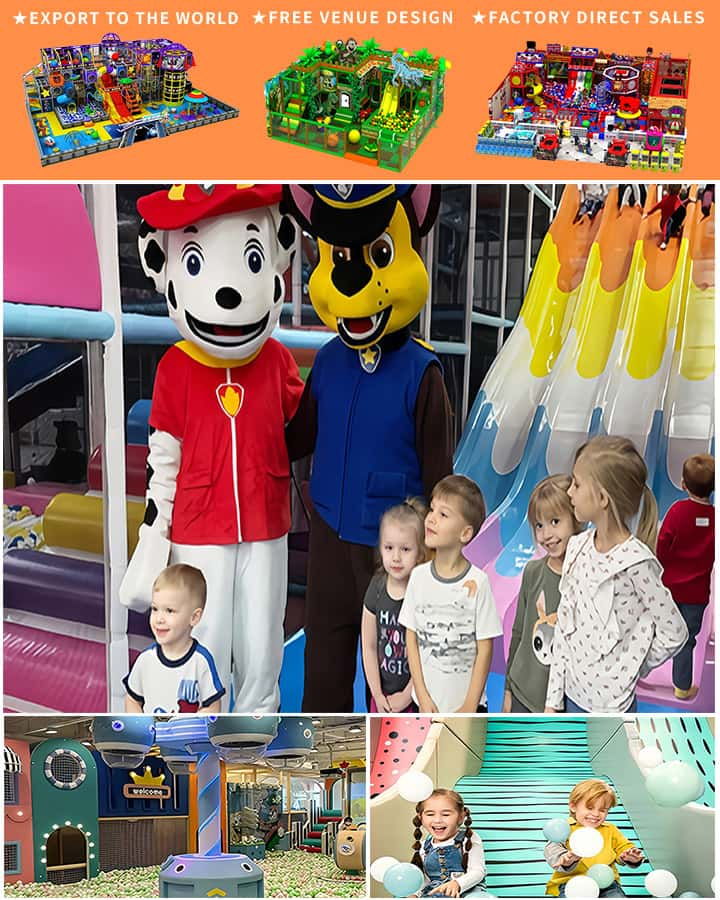When it comes to creating a fun and safe environment for children, selecting the right playground equipment is crucial. Playgrounds are not just places for kids to expend energy; they are vital spaces that foster physical development, social skills, and imaginative play. With a myriad of options available, choosing the best playground equipment can be overwhelming. This guide will help you navigate through the essentials to ensure your playground is both enjoyable and secure for kids of all ages.
Safety First: Non-Negotiable Standards
Safety is paramount when it comes to playground equipment. Ensure that all items meet the safety standards set by organizations such as the American Society for Testing and Materials (ASTM) and the Consumer Product Safety Commission (CPSC). Key safety features include:
- Soft Surfacing: Whether it’s rubber mats, wood chips, or sand, the ground should be soft enough to cushion falls.
- Sturdy Construction: Equipment should be well-built, with no sharp edges or protruding screws.
- Proper Maintenance: Regular checks for wear and tear can prevent accidents before they happen.
Types of Playground Equipment
1. Climbing Structures
Climbing structures, such as jungle gyms and climbing walls, are excellent for developing motor skills, coordination, and strength. They encourage kids to challenge themselves physically while having fun. Look for designs that cater to various age groups and skill levels.

2. Slides
Slides are a classic playground staple that never goes out of style. They come in various shapes and sizes, from gentle slides for toddlers to spiral slides for older children. When choosing a slide, consider the height and angle to ensure it’s appropriate for the intended age group.
3. Swings
Swings offer simple yet effective entertainment and help develop balance and coordination. For younger children, bucket swings provide added security. For older kids, traditional belt swings allow for more dynamic play. Always check that chains and fastenings are secure.
4. Seesaws
Seesaws are not only fun but also great for teaching kids about cooperation and timing. Modern seesaws often come with safety features like molded seats and non-slip surfaces to enhance security.
5. Balance and Rotational Equipment
Equipment like balance beams, teeter-totters, and spinner bowls helps kids improve their sense of balance and coordination. These pieces are particularly beneficial for developing core strength and spatial awareness.
6. Interactive Play Structures
Modern playgrounds often include interactive elements such as musical instruments, activity panels, and educational games. These installations stimulate cognitive development and creativity, making playtime both educational and enjoyable.
Age-Appropriate Designs
It’s important to choose equipment that matches the developmental stage and abilities of the children who will be using it. Toddlers may prefer simpler, more accessible structures, while older kids often enjoy more complex and challenging equipment.
Inclusive Play
Ensuring that playground equipment is inclusive for children of all abilities is increasingly recognized as essential. Features such as wheelchair-accessible swings, sensory play elements, and equipment designed for varying levels of physical ability make playgrounds welcoming for everyone.
Conclusion: A Playground for All
Selecting the right playground equipment involves careful consideration of safety, age appropriateness, and inclusivity. By focusing on these aspects, you can create a vibrant and engaging space where children of all ages and abilities can play, learn, and grow. Remember, a well-designed playground is more than just an area for play—it’s a foundation for building healthy, happy, and socially adept kids.




